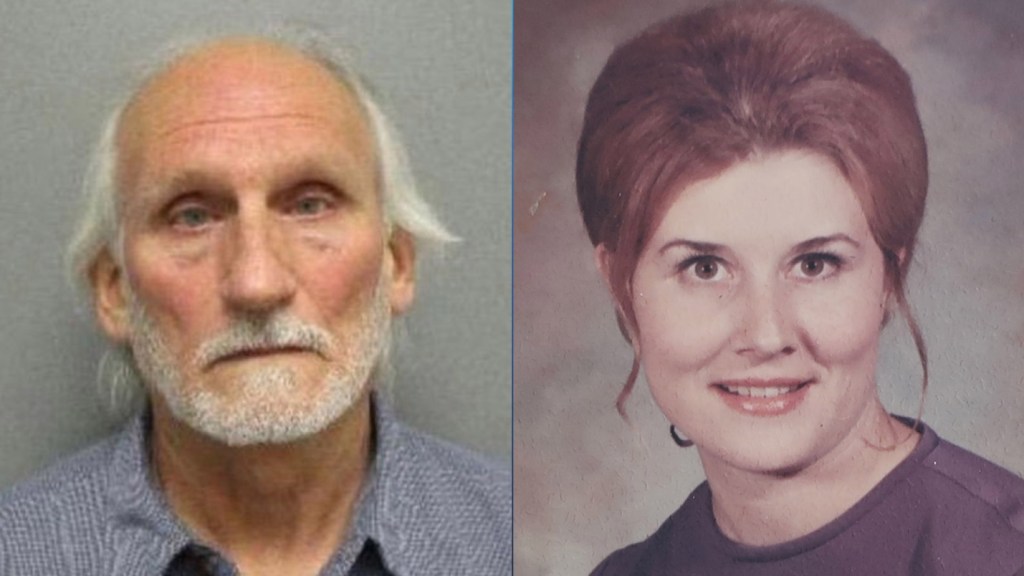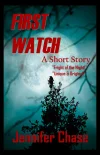
Photo courtesy of natgeo.com.
Each year, more and more cold murder cases are solved through forensic DNA genetic analysis. As the science continues to evolve and produce tangible results, thousands of victims and their family members receive the bittersweet gifts of justice and closure.
Murders from 40-years ago, that once seemed unsolvable, are now being closed at record pace. This is all due to the impressive detectives who never relent in their pursuit of justice, and the amazing ability of a forensic technology that never fails to deliver results.
Although the cold case databases across the nation are sadly filled with too many unsolved heinous crimes, there is justifiable hope that many of these cases will be resolved over the next years.
Here are two such cases – murders that went unsolved until DNA evidence eventually cracked the case.
Vanilla Coke Solves a Murder
In early August 1981, 34-year-old Sylvia Quayle was found brutally murdered in her Colorado home. Discovered by her dad, the victim’s body was found naked in her living room. The initial investigation revealed that someone had cut her phone line, and broke into the home through the bathroom window.
Sylvia’s hands were covered in blood, while her neck had visible red marks consistent with the shape of fingers. She was shot in the head and stabbed in the chest multiple times. Investigators believe that her cause of death was blood loss due to the stab wounds, and that the gunshot was a secondary cause of death. The victim was also sexually assaulted, which allowed detectives to collect biological samples of the perp.
Two years after the killing, a drifter named Ottis Toole confessed to the murder. However, it was later revealed that this potential suspect confessed to many other crimes, the charges of which were eventually all dropped due to fabrication. Although Toole was initially charged with killing Sylvia, the local district attorney always had doubts about Toole’s supposed confession. As a result, he went ahead and tested Toole’s DNA against the crime scene evidence. No match. So, the charges were dropped.
The case went cold, and in 2000, the DNA evidence collected at the scene was submitted to the Colorado Bureau of Investigation and the FBI’s Combined DNA Index System (CODIS). There was no movement on the case for 20 years, then there was a sudden breakthrough. Investigators had uploaded the DNA samples to two separate public genealogical databases. As a result, they had a family match which allowed them to focus on a single suspect – David Dwayne Anderson.
Anderson was a known felon who had been arrested for burglary, in an area near Sylvia’s home, two months after the murder.
Earlier this year, investigators located Anderson in Nebraska, where they collected two trash bags belonging to him. Inside one of these trash bags was a vanilla coke that produced an exact match to the DNA collected from the victim’s body. Within weeks, Anderson was arrested and charged with the murder of Sylvia Quayle. It took 40 years, but justice was eventually served.

Photo courtesy of cbsnews.com.
Killer Identified After 31 Years
In 1989, someone climbed up into the bedroom window of 16-year-old Fawn Cox, then sexually assaulted and killed her. It was a sad and brutal crime. Kansas City police had a handful of juvenile suspects, but the charges were dropped after witnesses admitted to lying. So, the killer was never found. And the case went cold for many years.
At the time of the initial investigation, bodily fluid evidence was recovered at the crime scene, but in 1989, DNA tech was unavailable. The only avenue to pursue at that juncture was to compare blood samples. This proved to be a futile exercise in this case, but the investigators hard work in collecting DNA evidence eventually paid-off as forensic technology become capable of so much more than simple blood analysis.
In the early 2000s, local forensic investigators developed a DNA profile of the potential suspect based on the bodily fluids that were collected decades earlier. The samples were uploaded to CODIS – but no match.
Police did not give up and, in fact, they would often meet with Fawn’s family to discuss potential leads. Investigators even re-interviewed the initial suspects and obtained DNA samples from each of them. Again, no match.
Then, last summer – over 30 years after the murder – there was a seismic shift in the investigation. Kansas City became part of the FBI’s Operation Legend, which gave the police department significant financial and logistical federal resources with the aim of solving the violent crimes that have plagued the city. As part of the federal operation, investigators were introduced to genealogical DNA testing, whereby an unknown suspect’s DNA is uploaded to public ancestry databases in order to build a family tree profile.
Utilizing the results of the genealogical analysis, detectives discovered the killer’s identity. It was Fawn’s older cousin. Turns out, though, that this cousin died in 2006 under suspicious circumstances. Blood retained from the investigation of his death was used to match the DNA found at the crime scene where Fawn was murdered.
Here, the family was grateful that justice was achieved, but quite disturbed at the outcome.
DNA genealogical testing has proven to be a game changer in the field of forensic investigations. Combining traditional DNA analysis with massive direct-to-consumer genealogical databases has enabled law enforcement to cast a wide (and precise) net over potential suspects.
Any recent DNA-led cold cases solved in your area?
*
THE FRAGILE ONES
(Detective Katie Scott Thriller)
Book #5
AVAILABLE NOW!
Check out the fantastic Amazon reviews!

Amazon: http://ow.ly/DOFN50CEo2C
Apple: http://ow.ly/9CaG50CEo2D
Kobo: http://ow.ly/RkS350CEo2B
Google: https://bit.ly/39PZY9w
*
AUTHOR JENNIFER CHASE AMAZON BOOK PAGE
Please join me:


































